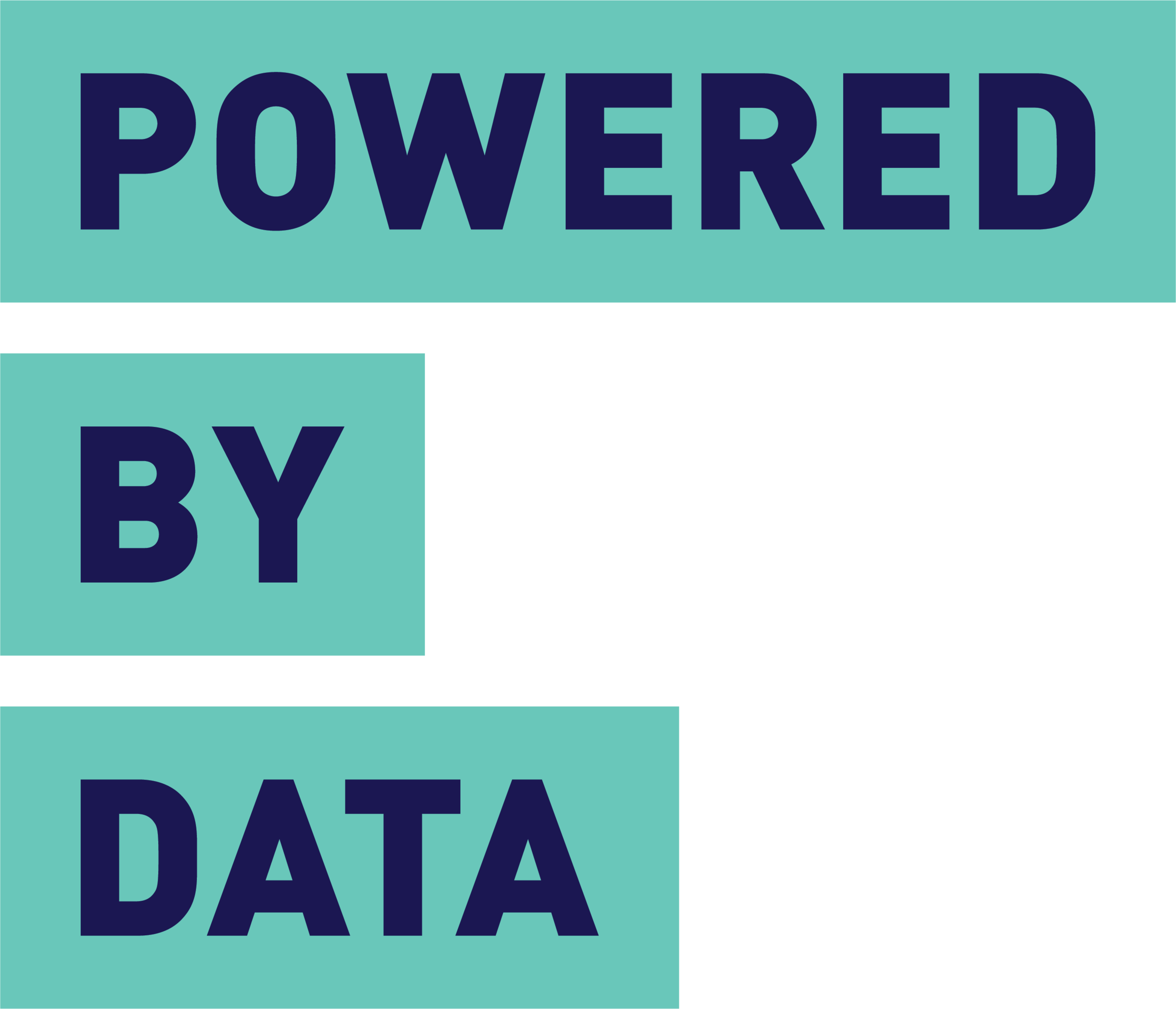Using the Open Government Partnership (OGP) to move forward on non-profit data
Getting more and better data released to the commons is the goal of PoweredbyData. And in the past we've had success (1, 2) using open data policies to encourage the release of data about the non-profit sector. That's why we're making sure allocate some time and energy to participate in the consultation for Canada's plan for the next phase of its participation in the Open Government Partnership.
What is the Open Government Partnership?
OGP was launched in 2011 to provide an international platform for domestic reformers committed to making their governments more open, accountable, and responsive to citizens. Since then, OGP has grown from 8 countries to the 64 participating countries [...]. In all of these countries, government and civil society are working together to develop and implement ambitious open government reforms.
We participated in the in-person consultation last week in Montreal. And we collaborated with the Ontario Nonprofit Network (Ontario's association of non-profits) on this submission to the online "idea dialogue". Give it a read to understand the things that we see as a priority and that government can have an impact on to make data more available and fluid for the nonprofit sector:
Leveraging Open Data for Social Innovation: A Partnership of the Nonprofit Sector & the Government of Canada
Stakeholders (organizations, funders, policy-makers, clients) in the nonprofit (NP) sector often do not have access to the information they need to make better decisions and to be more effective.
Considering that the Government of Canada (GoC) already partners with the NP sector to deliver many programs and services, that the sector generates 7% of Canada’s GDP, and that government is a major producer and user of data about the sector, the Ontario Nonprofit Network suggests that the GoC:
a) Publish existing public information about the NP sector as open data (e.g. incorporation data, contracts, grants and contributions, and evaluations);
b) Develop a credible partnership and shared plan with the sector, including development of interoperability between published datasets as well as identify more datasets for publication;
c) Create funds for organizations to find creative ways to use this newly available information; and
d) Develop a plan for the GoC to leverage this data internally.
